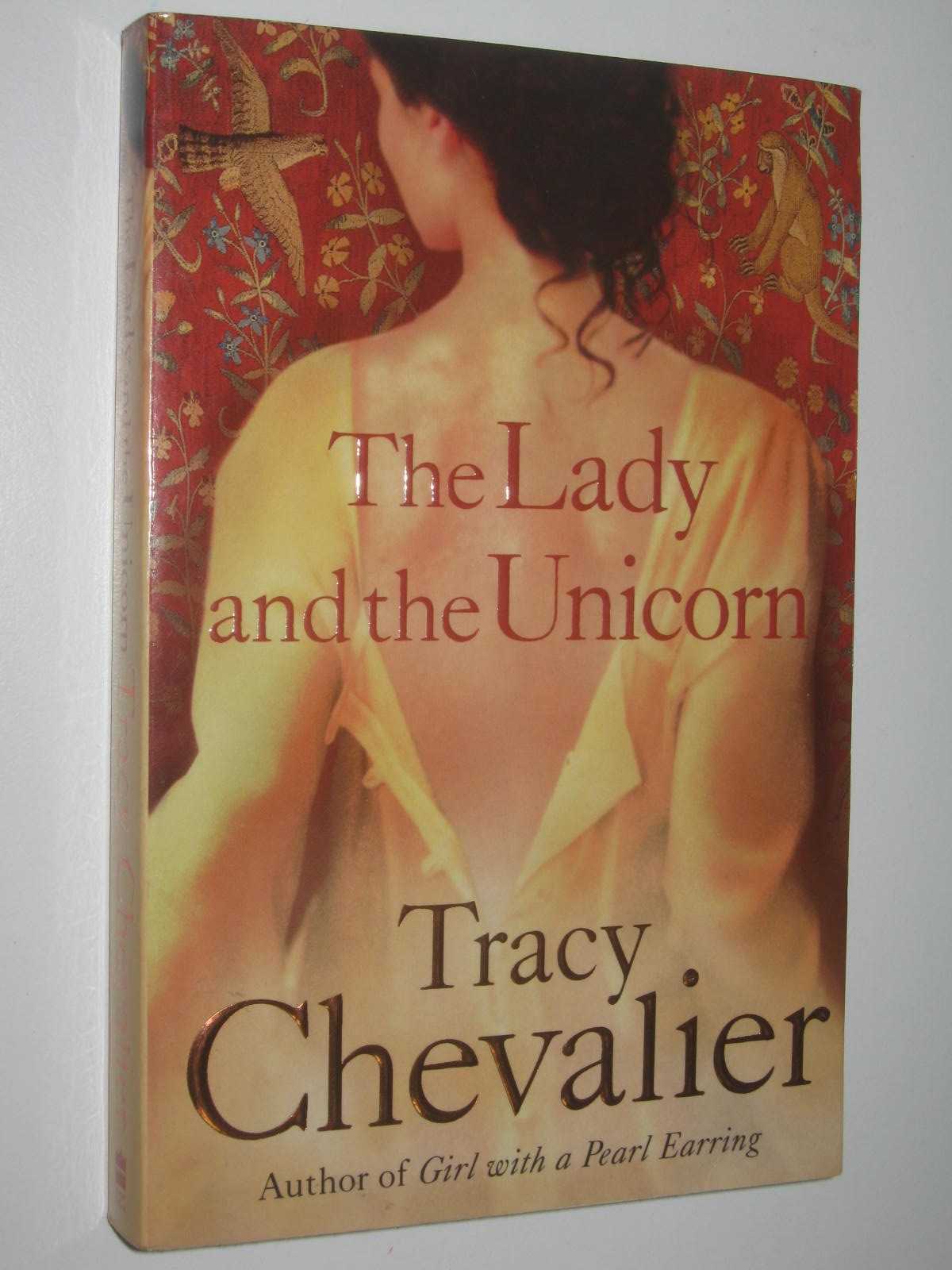
Building on the little that is known or surmised-in this case that the tapestries were most likely commissioned by the French noble Jean Le Viste and made in a workshop in Brussels at the end of the 15th century-she imagines her way into a lost world. As with her Vermeer novel, she takes full creative advantage of the mystery that shrouds an extraordinary collaborative work of art.

Showed how a picture can inspire thousands of words, yokes her limpid, quietly enthralling storytelling to the six Lady and the Unicorn tapestries that hang in the Museum of the Middle Ages in Paris. Like the many different strands of wool and silk that were woven together into one cloth, the lives and fates of these people entwine in complex patterns, crisscrossing as they seek desires sensual and spiritual, temporal and eternal.Īn extraordinary story exquisitely told, Tracy Chevalier's The Lady and the Unicorn weaves history and fiction into a beautiful, timeless, and intriguing literary tapestry that rivals in grace and grandeur the masterpiece that inspired it.Chevalier, whose bestselling Girl with a Pearl Earring Tracy Chevalier takes readers back to the tapestries' creation, giving life to the men who designed and made them, as well as the wives, daughters, and servants who exercised subtle (and not so subtle) influences over their men. Little is known about them except that they were woven toward the end of the fifteenth century and bear the coat of arms of a wealthy family from Lyons.

In each, an elegant lady and a unicorn stand or sit on an island of grass surrounded by a rich background of animals and flowers.

Bewitching art experts and enthusiasts alike for centuries, the Lady and the Unicorn tapestries hang today in the Cluny Museum in Paris.


 0 kommentar(er)
0 kommentar(er)
